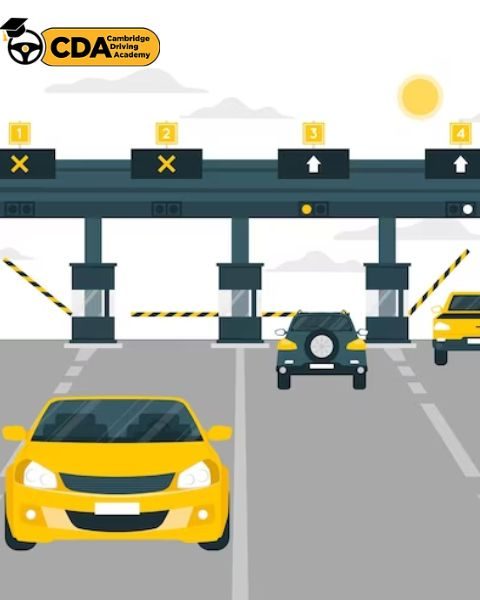As drivers and pedestrians, encountering a level crossing is common in our daily journeys. Whether it’s a railway crossing in a rural area or an urban intersection with tram tracks, understanding how to navigate these crossings safely is paramount. In this blog, we will explore everything you need to know about level crossings to ensure a secure and smooth transit for all road users.
1. Definition of a Level Crossing:
A level crossing, also known as a railroad or tram crossing, is where a railway or tram track intersects with a road or pathway at the same level. These crossings are designed to facilitate the safe passage of both road and rail traffic.
2. Types of Level Crossings:
Level crossings come in various forms, including passive crossings with no barriers or signals, active crossings with warning lights and bells, and more sophisticated crossings with gates and barriers. Understanding the type of level crossing you are approaching is crucial for safe navigation. Also read How to Drive Safely Through Roadworks: A Complete Guide
3. Obeying Warning Signs and Signals:
Pay close attention to warning signs and signals at level crossings. They provide vital information about the presence of an upcoming crossing, the type of crossing, and instructions on how to proceed. Always adhere to posted instructions.
4. Stopping Distance and Safety Zones:
When approaching a level crossing, be aware of designated stopping distances and safety zones. Maintain a safe distance behind the vehicle in front of you, ensuring you can stop safely if necessary.
5. Listening for Approaching Trains:
In the absence of barriers or signals, listen for the sound of approaching trains. Trains can be deceptively quiet, especially at higher speeds. Roll down your windows and be attentive to auditory cues.
6. Never Overtake in a Level Crossing:
Overtaking in a level crossing is strictly prohibited. Even if the crossing appears clear, it’s essential to wait until you have fully cleared the crossing and have a clear view of the tracks before overtaking. Book your Driving lessons near Cambridge
7. Understanding Barrier Operation:
At crossings with barriers, it’s crucial to understand their operation. Wait patiently for barriers to fully open before proceeding. Never attempt to cross if the barriers are descending or have closed.
8. Pedestrian Safety:
Pedestrians must use designated crossing points and avoid crossing the tracks when barriers close. Follow pedestrian signals and wait for a safe opportunity to cross.
9. Emergency Situations:
In the rare event of a vehicle breaking down on the tracks, immediately vacate the vehicle and move to a safe distance. Contact railway authorities and emergency services for assistance.
10. Stay Informed about Train Schedules:
For frequent users of level crossings, staying informed about train schedules can be beneficial. Knowing when trains are expected can help you plan your journey more efficiently.
Conclusion:
Level crossings are integral parts of our transportation networks, requiring vigilance and adherence to safety guidelines. By understanding the different types of level crossings, obeying signals, and prioritizing safety, we can collectively ensure a secure and efficient coexistence of road and rail traffic. Whether you’re a driver or a pedestrian, being well-informed about level crossings is a fundamental aspect of responsible and safe travel. Connect with an expert driving instructor in Cambridge
